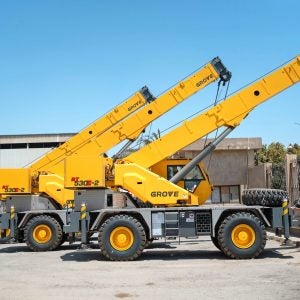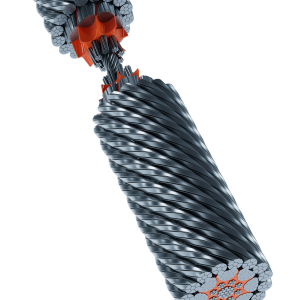“Tower cranes are a proven, reliable technology that have been used successfully in construction projects since the 1940s,” said executive vice president Joel Dandrea. According to industry statistics, about 2,100 are in use in North America on any given day. Using a conservative estimate of 50 lifts daily per crane, Dandrea estimated more than 105,000 lifts are executed safely every day.”
Bill Smith, President of NationsBuilders Insurance Services, Claims and Risk Management Services, called training and standards the two most important issues facing the crane industry today. He indicated that his organization’s data showed that the largest percentage of crane accidents occur as a result of human factors and not as a result of any inherent flaw associated with the equipment or technology.
“The planning, placement, assembly and operation of cranes – especially tower cranes – requires a complete and comprehensive approach to risk management that encompasses factors as diverse as a thorough analysis of underground features where cranes are located, to pre-assembly inspection, to proper use of the equipment within its design specifications. When a professional risk management approach is applied, the potential for accidents is significantly reduced. This is especially the case when that risk management approach incorporates up to date training and education for crane operators, riggers, signalmen, contractors, subcontractors and others.
“An example of this is the newest ASME ANSI B30.5 2007 Volume for mobile cranes. In this volume the delineation and lines of responsibility are clearly defined in the operation of mobile cranes. The committees decided that it needed to define the roles of individuals working with cranes and take away the existing ambiguity that was left up to interpretation.
“It cannot be overemphasized that the time for action is now. Quite frankly, there are companies currently operating that either do not know or are confused about current standards. The larger companies strive to adhere to the latest knowledge and apply best practices and the kind of comprehensive risk management systems I have described. But national uniformity of standards is essential and government must expedite the process.”






